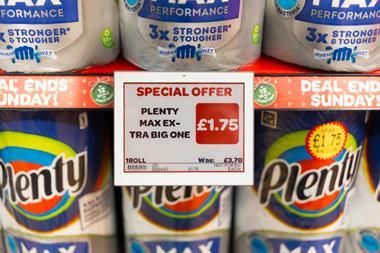PriceAdvantage, an American fuel price management software company and division of Skyline Products, has released a research report that provides insight into dynamic, day-part fuel pricing.
The research report was produced in collaboration with Schneider Electric and Petroleum Pricing Consultants. More than 130 global fuel marketers provided insight into how they are – or are not – executing this pricing strategy.
Day-part pricing has been conducted for a number of years within a number of retail categories, including airline travel and the foodservice industry, and is defined by the execution of scheduled price changes during set windows of time throughout the day or week to maximise margins and volume.
As a relatively new strategy for fuel marketers, this research report reveals insights into who is conducting day-part fuel pricing, how often they change prices, the price change amounts, and markets/days where this strategy is most effective. Additionally, one-on-one interviews provided deeper insight into how fuel retailers establish fuel pricing strategies to support specific fuel sales goals – and how they measure success.
“We suspected that many of our customers were leveraging day-part pricing but we wanted to learn more precisely how this strategy was being used within our customer base and in the market overall,” said Stadjuhar, president and CEO of Skyline Products. “What we learned was very powerful. About 30% of fuel retailers surveyed are conducting day-part pricing while 50% of our customers surveyed are using this strategy.”
“For these fuel retailers, their number one goal when using day-part pricing is to achieve margin targets,” explained Brian Milne, energy editor and product manager for Schneider Electric, who analysed the survey results.
“So we weren’t surprised to learn that the most common day of the week for this strategy is on Monday. It allows the retailers a window to adjust to the wholesale market and maximise margins. The second most common days were Thursday and Friday, when retailers adjust their prices to hit weekly goals – either those target margins or needed volumes.”
To learn more about the full research report click here.

































No comments yet